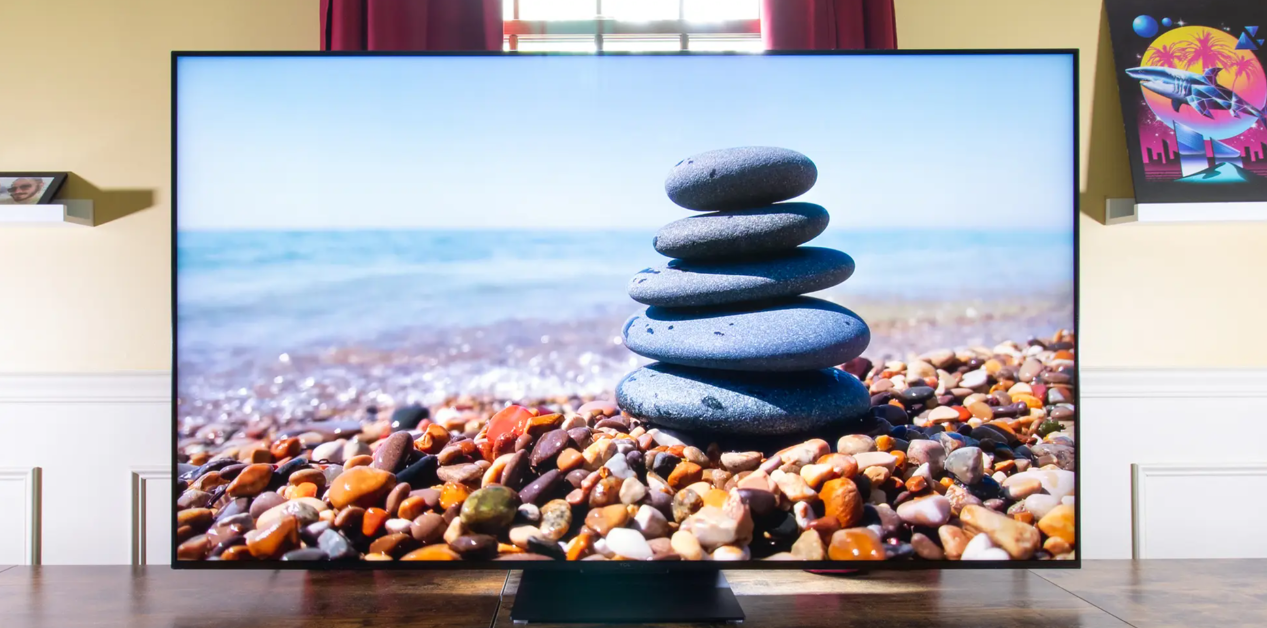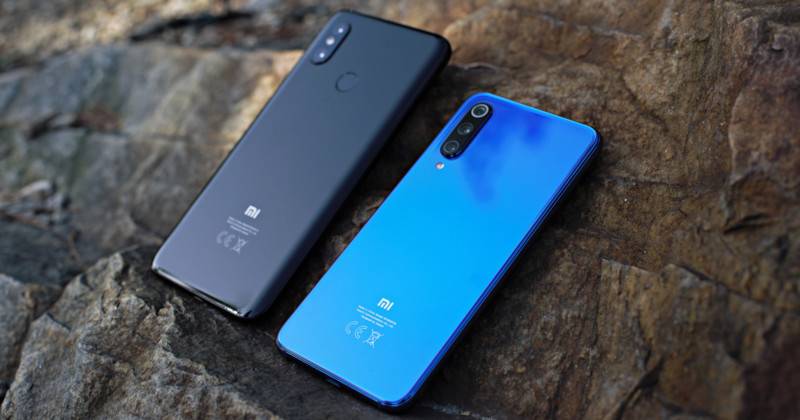Welcome to the world of pixels and resolutions, where the clarity of your viewing experience hinges on a critical decision – UHD or HD? High Definition (HD) and Ultra High Definition (UHD) TVs have become the protagonists in the narrative of modern entertainment. Before you embark on your journey to upgrade your viewing experience, let’s unravel the nuances of these two contenders.
Definition of UHD and HD TV
In this realm of acronyms, let’s decode the terms. HD stands for High Definition, and it typically refers to a resolution of 1080p. On the other hand, UHD, or Ultra High Definition, takes things up a notch with a resolution of 4K. Imagine pixels as the storytellers of your visual experience, and these numbers determine how detailed and captivating that story will be.
The Significance of TV Resolution in the Viewing Experience
Resolution is the secret sauce that transforms a simple image on your screen into a vivid, lifelike experience. It’s the difference between seeing a distant mountain as a blur and perceiving each tree on its slopes. The higher the resolution, the more pixels are packed into that screen, creating a canvas for a breathtaking visual narrative.
Posing the Central Question: UHD or HD – Making an Informed Choice
Now comes the pivotal moment – the moment of choice. Should you go for the tried-and-true HD TV, or take a leap into the world of UHD? The answer lies in understanding the intricacies of each, considering your preferences, and foreseeing how your choice will shape your future viewing experiences. It’s not just about pixels; it’s about creating a personalized cinematic masterpiece in the comfort of your living room.
Understanding Resolutions: HD TV (1080p)
Explanation of Full HD Resolution
- Full HD, or 1080p, is like having a canvas with 1920 pixels horizontally and 1080 pixels vertically. It’s the resolution you’ve grown accustomed to, offering a clear and detailed picture, especially on smaller screens. Think of it as the foundation of your visual storytelling, reliable and familiar.
Common Applications and Content Compatibility
- HD resolution is the language of broadcast television, Blu-ray discs, and streaming platforms. It’s the sweet spot for many applications, providing a crisp image for your favorite shows, movies, and even casual gaming sessions.
UHD TV (4K)
Introduction to Ultra High Definition (UHD)
- Enter the realm of 4K – a resolution with a staggering 3840 pixels horizontally and 2160 pixels vertically. It’s like upgrading from a standard book to an epic novel, where every detail is meticulously crafted. UHD is the promise of a more immersive and visually stimulating experience.
Advantages of 4K Resolution in Terms of Clarity and Detail
- 4K isn’t just a number; it’s a game-changer. The sheer number of pixels means finer details, sharper images, and a heightened sense of realism. It’s like switching from a sketch to a high-definition photograph – each element comes to life with unprecedented clarity.
In the upcoming sections, we’ll explore how these resolutions impact the visual experience, content availability, budget considerations, and the intriguing concept of future-proofing your entertainment hub. And for those aiming for ultimate control, we’ll delve into the world of universal remote codes. So, let the resolution journey unfold!
Practical Considerations
Room Size and Viewing Distance
Recommendations for Optimal TV Size Based on Room Dimensions
Consider your TV as the protagonist in a play, and your room as the stage. The key to a captivating performance lies in the perfect casting—choosing the right TV size for your space. Picture this: a massive TV in a cozy bedroom may overwhelm the senses, just as a small TV in a spacious living room might leave you squinting.
To find your TV’s starring role, follow the 1.5 to 2 times the diagonal size rule. Measure the distance from your couch to the potential TV spot and multiply it by 1.5 or 2. For instance, if your viewing distance is 8 feet, aim for a TV between 48 to 64 inches. This ensures an immersive experience without straining your eyes or feeling dwarfed by the screen.
How Resolution Impacts Viewing Distance and Comfort
Resolution is the unsung hero working behind the scenes to ensure your viewing comfort. Just as a book’s font size affects readability, the resolution of your TV impacts how close or far you can comfortably sit. With HD TVs, a viewing distance of approximately 1.5 times the diagonal size is optimal. For UHD TVs, the increased pixel density allows you to sit closer—around 1 to 1.5 times the diagonal size.
So, if you’ve got a penchant for lounging on the sofa, go for UHD; if you prefer an armchair closer to the screen, HD might be your perfect fit. It’s all about crafting your personal viewing haven.
Connectivity and Devices
Assessing Compatibility with Various Devices and Peripherals
Your TV is the hub where all your entertainment devices converge—a bit like the conductor in an orchestra, orchestrating a symphony of visual delight. Before sealing the deal, check if your TV harmonizes with your devices. Ensure it has enough HDMI ports for your gaming console, streaming devices, soundbars, and whatever other players are in your entertainment orchestra.
Pro tip: Invest in a TV with HDMI ARC (Audio Return Channel) if you’re a sound aficionado. This nifty feature lets your TV send audio to a compatible sound system, creating a seamless audio-visual experience.
Considering the Role of HDMI Standards in UHD and HD TVs
Think of HDMI standards as the backstage passes to your TV show. UHD TVs often come equipped with HDMI 2.0 or higher, ensuring they can handle the data demands of 4K content. If you’re opting for UHD, make sure your HDMI cables and connected devices also support these standards for a glitch-free performance.
HD TVs, while not as data-hungry, still benefit from the reliability of HDMI 1.4. It’s like having a reliable set of tools for a DIY project—you might not need the latest and greatest, but having the right standards ensures a smooth process.
Tailoring the Choice to Individual Preferences
Your TV choice is as unique as your fingerprint, shaped by your preferences and habits. If you’re a sports enthusiast who revels in the roar of the crowd, a larger UHD TV might be your front-row ticket to the game. On the other hand, if you savor intimate movie nights, a moderate-sized HD TV might be the perfect companion.
Think about your content consumption habits—are you a binge-watcher, a casual viewer, or a gaming maestro? Tailor your TV choice to fit seamlessly into your lifestyle, ensuring that every movie, show, or game is an experience tailored just for you.
Aligning TV Choice with Lifestyle and Viewing Habits
Imagine your TV as a personal assistant attuned to your needs. If you’re always on the move, a Smart TV with streaming capabilities might be your on-the-go companion. If you prefer the traditional route, HD TVs offer simplicity without compromising on quality.
Your entertainment kingdom shouldn’t be governed by a remote control dictatorship. No more juggling between remotes for your TV, sound system, and streaming device. Plus, for those who like to keep things streamlined, learn how to program a GE universal remote without codes for an even smoother control experience.
Conclusion
In the grand finale of your TV saga, we’ve explored the intricacies of UHD and HD TVs, delving into practical considerations, connectivity, and the nuances of aligning your choice with your lifestyle. The stage is set, and now it’s time for the closing act.
Summarizing the Key Differences and Considerations Between UHD and HD TVs
HD TVs, with their reliability and budget-friendly nature, offer a familiar viewing experience. On the other hand, UHD TVs promise a more immersive and future-ready journey into the world of 4K resolution. The choice is yours—like choosing between a classic novel and a groundbreaking epic.
Providing Recommendations Based on Different Scenarios and User Needs
For the cinephile, the gamer, the casual viewer, and everyone in between, there’s a perfect TV awaiting its role in your entertainment ensemble. Consider your needs, preferences, and the cinematic experience you desire, and let your TV take center stage.
Encouraging Readers to Make an Informed Decision for an Optimal Viewing Experience
As the curtains close on this exploration of UHD vs HD, take a bow for the role you’ve played in making an informed decision. Your TV is not just a device; it’s a portal to experiences, a canvas for stories, and a companion in your digital adventures. May your viewing experience be nothing short of cinematic brilliance. Happy watching!
Read also for more blogs.





